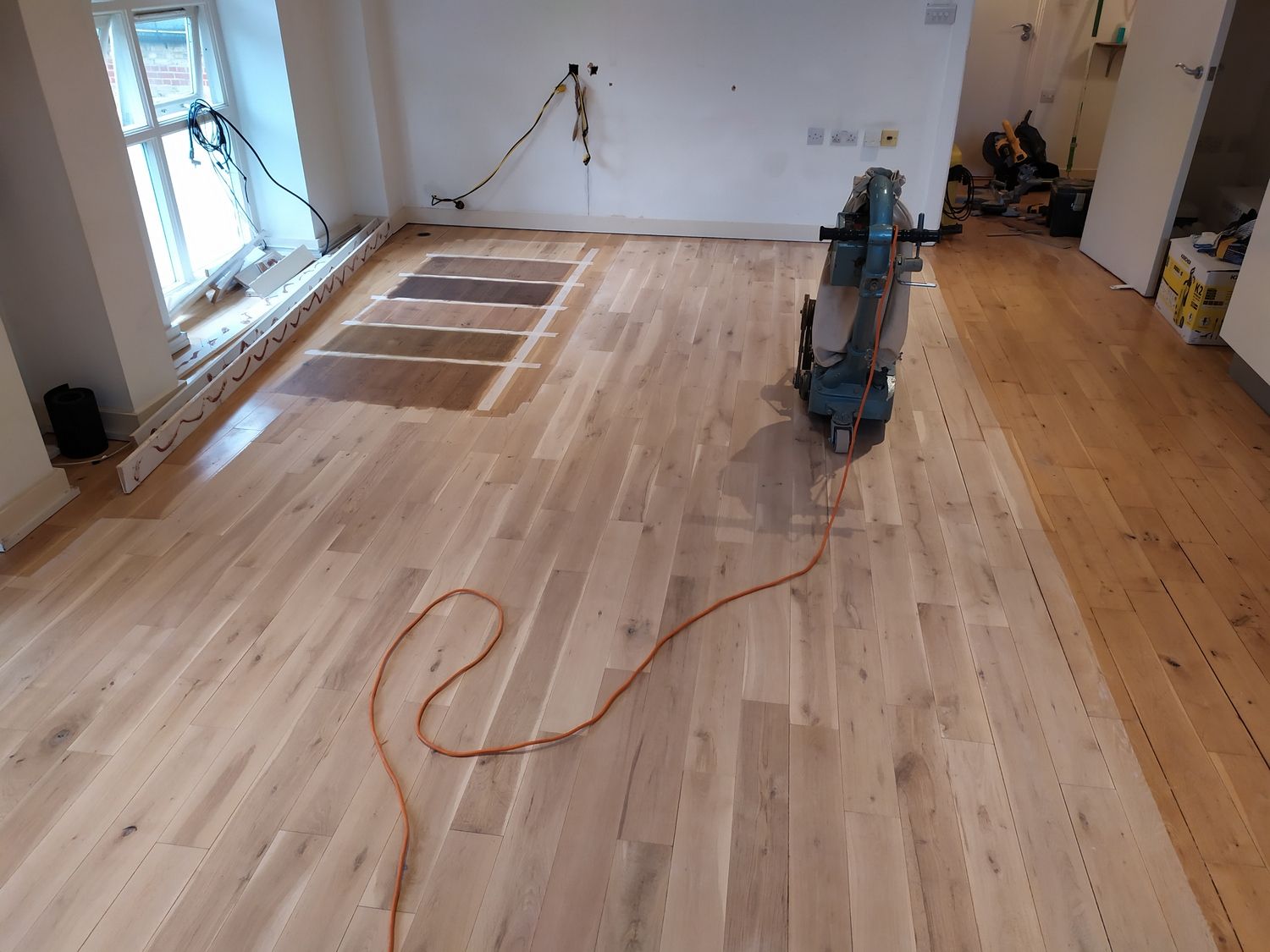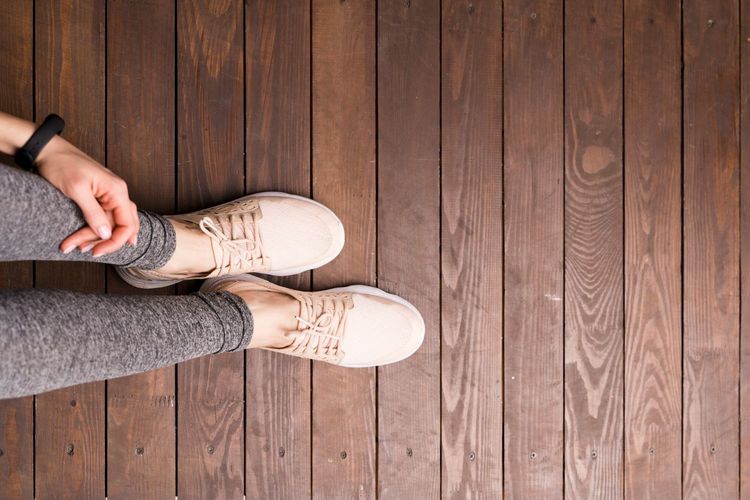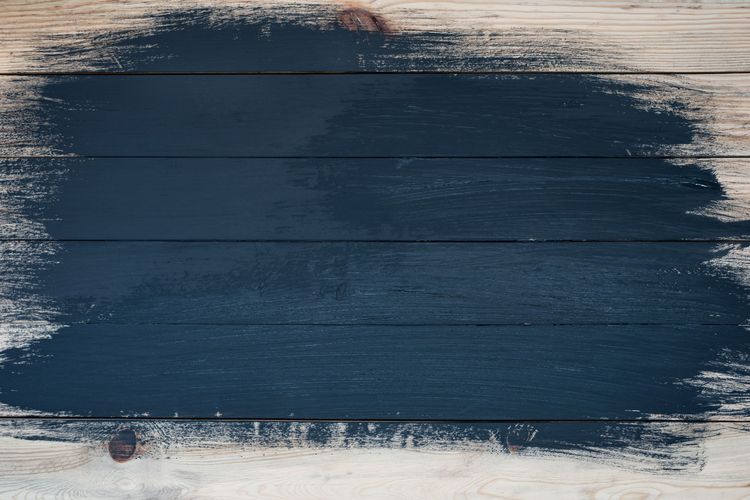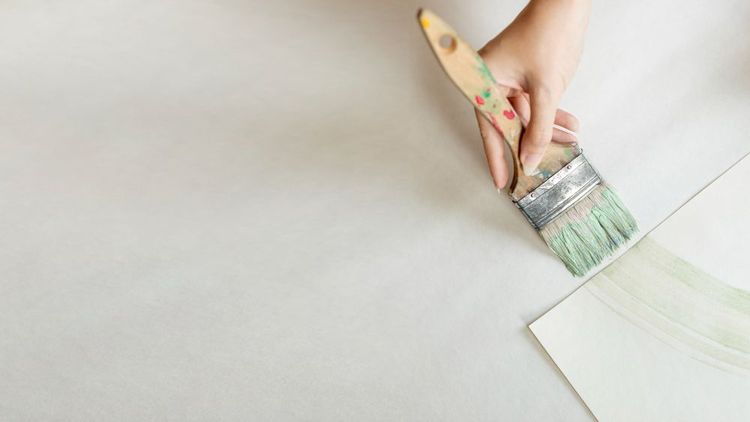How Often Should You Refinish Your Wooden Floors?

Wooden floors bring timeless warmth and value to a home. But their beautiful, protective finish doesn't last forever. Knowing when to refinish is crucial: too soon wastes money and wood; too late risks irreversible damage. It's not about a fixed schedule, but understanding your floor's unique story of wear, care, and environment. Refinishing isn't just cosmetic – it's essential maintenance that shields your investment and restores beauty for decades to come.
Why Do You Have to Refinish Your Wooden Floor?
The finish on your wood floor is its vital armor. It serves critical functions far beyond shine. Refinishing is non-negotiable for responsible ownership because it renews this essential protection.
Firstly, the finish guards against physical damage. It absorbs daily abuse – shoe scuffs, grit-induced scratches, dings from dropped items, and furniture dents. Without it, the raw wood quickly mars and damages irreparably.
Secondly, it provides a crucial moisture barrier. Wood naturally absorbs moisture, but uncontrolled exposure causes staining, warping, cupping, or rot. A healthy finish seals the wood, preventing spills, pet accidents, or cleaning solutions from penetrating.
Thirdly, the finish enhances the wood's inherent beauty. It deepens grain patterns, enriches color, and provides the desired sheen. As it wears thin, scratches, or clouds, the wood loses vibrancy and looks tired.
Furthermore, a good finish aids a healthier home. It creates a smooth, easy-to-clean surface trapping less dust, allergens, and bacteria. A worn finish lets contaminants penetrate deeply.
Finally, timely refinishing preserves value and longevity. Letting a floor degrade can force costly replacement. Refinishing resets the clock, safeguarding your home's investment.
How Often Do You Need to Refinish Your Floor?
Forget a rigid calendar. The "7-10 year" rule is a rough average. Your actual need depends on key factors:
- Traffic Intensity: High-traffic areas (entries, kitchens, hallways) wear fastest. Busy families or homes with pets may need refinishing every 3-7 years. Low-traffic rooms (guest rooms) can last 15+ years.
- Pets: Untrimmed pet claws act like constant scrapers, accelerating wear significantly, especially around feeding/resting areas and doors.
- Finish Type & Quality: Modern polyurethanes (especially aluminum oxide fortified) last 10-15+ years. Older finishes (shellac, lacquer) or thin coats may last only 3-5 years. Water-based poly resists scratches better; oil-based resists moisture better initially.
- Maintenance: Regular sweeping/vacuuming (removes grit), prompt spill cleanup, and using correct cleaners extend finish life. Harsh chemicals, excessive water, steam mops, or abrasive tools shorten it drastically.
- Sunlight: UV rays degrade finish (causing ambering or chalking) and bleach wood, contributing to overall wear.
Listen to Your Floor: Signs It's Time
Your floor tells you when it needs help. Look for these clear indicators:
- Deep, Widespread Scratches: If you can feel scratches with your fingernail, or they cover large areas (especially across the grain), the finish is compromised.
- Dull, Lifeless Look: The floor lacks luster and depth even after cleaning, appearing hazy or cloudy – a sign the finish is thin or micro-scratched.
- Bare Wood Patches (Burnishing): In high-traffic zones, the finish wears away completely, exposing bare wood that looks lighter/greyer and feels rough.
- Stubborn Stains or Discoloration: Dark spots, white water marks, or uneven color that won't clean mean the finish barrier has failed.
- Flaking or Peeling Finish: Severe wear or moisture damage can cause the finish to lift off in patches.
Which Polishing Options Give the Best Results?
Choose between two main processes based on your floor's condition:
Screening & Recoating (Maintenance Refresh):
- Process: Lightly abrade the existing finish with a buffer and fine screen. Clean thoroughly. Apply 1-2 new finish coats (same type).
- Best For: Floors with surface wear (dullness, light scratches) but undamaged wood and sound existing finish. Ideal for upkeep.
- Pros: Minimal dust/disruption. Faster (1-2 days). Cheaper. Preserves wood thickness.
- Cons: Doesn't fix deep scratches/stains. Requires compatible finish. Doesn't change wood color.
Full Sanding & Refinishing (Complete Restoration):
- Process: Sanders remove all old finish and a thin wood layer. Progress through grits for smoothness. Stain (optional). Apply multiple new finish coats.
- Best For: Floors with deep scratches, gouges, stains, water damage, uneven color, failing finish, or when changing stain color.
- Pros: Renews the floor completely – removes damage/imperfections. Allows color change. Creates a brand-new, durable surface.
- Cons: Significant dust/disruption. Longer (3-5 days). More expensive. Removes wood (finite lifespan).
Conclusion
Refinishing your wood floors is an essential rhythm dictated by their unique life in your home, not a fixed date. Understanding its purpose – vital protection, beauty restoration, health, and value preservation – frames it as a wise investment. By vigilantly watching for the key signs of wear (deep scratches, dullness, bare patches, stains), you can intervene optimally. Choosing the right method (screening vs. sanding) based on damage level is crucial for effective, long-lasting results. Listen to your floors, protect your investment, and enjoy their enduring warmth and character for generations through timely, informed care. Consult flooring professionals for personalized advice on your specific situation.



